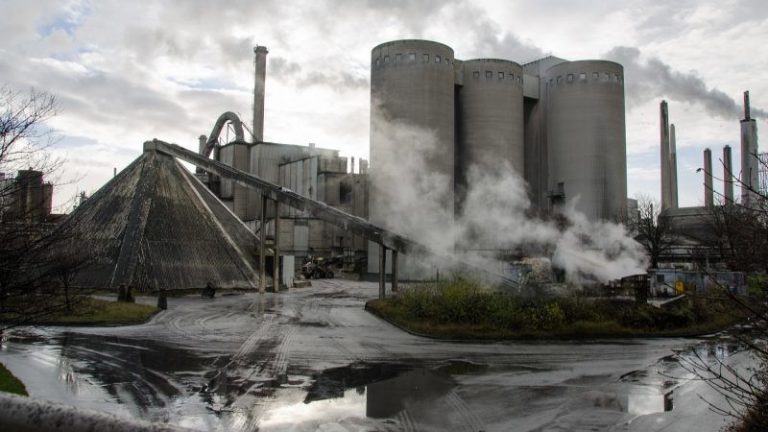Category: features
Nanoparticles: from fundamentals to applications in life sciences
The CCMX Winter School will once again take place in Kandersteg, Switzerland. Aiming to bring together a group of no more than 24 PhD students from various research institutions, the course is designed to cover a series of important scientific aspects regarding the development, characterization and application of nanoparticles for medical applications and to provide (…)

Swiss researchers chart path to zero-emission cement
By Frédéric Simon of EURACTIV.com The construction sector can cut polluting emissions up to 80% by applying efficiency measures along the whole value chain, according to new research. If combined with carbon capture and storage (CCS) technology, emissions could even be brought down to zero by 2050, they argue. Achieving carbon neutrality in the (…)
No other material can compete with concrete
It’s safe to say that the world as we know it would be quite different without concrete. Following its invention in the 19th century, modern concrete – or Portland cement – quickly found its place in the building industry. This novel material could be used to rapidly build roads, bridges, dams and many other types (…)
Know your cement, get greener concrete
by ETH Zurich An international team of scientists has created a new database of molecular dynamics models that simulate the properties of cement in all its varieties. It’s intended to help fine-tune this component of concrete and curtail emissions in its manufacturing process.Cement is used to bind concrete, the most-used construction material in the world (…)
Database clarifies bottom-up design of cement
The database is called cemff, for Cement Force Fields. It gathers methods for simulating force-field parameters for the various types of inorganic minerals present in cement, which is used to bind concrete, the most-used construction material in the world. In this case, the force field is the collection of parameters scientists use to build computer models of atomic (…)
A new, greener cement to meet future demand
Cement production is responsible for almost ten percent of human CO2 emissions. Nevertheless, it is one of the most sustainable construction materials. Now, an EPFL-led consortium has received backing from the Swiss Agency for Development and Cooperation (SDC) to speed up the development and testing of a new blend of low-carbon cement. Elaborated with partners (…)